Gambling Legends: The Remarkable Life of Harlem Mob Boss Bumpy Johnson
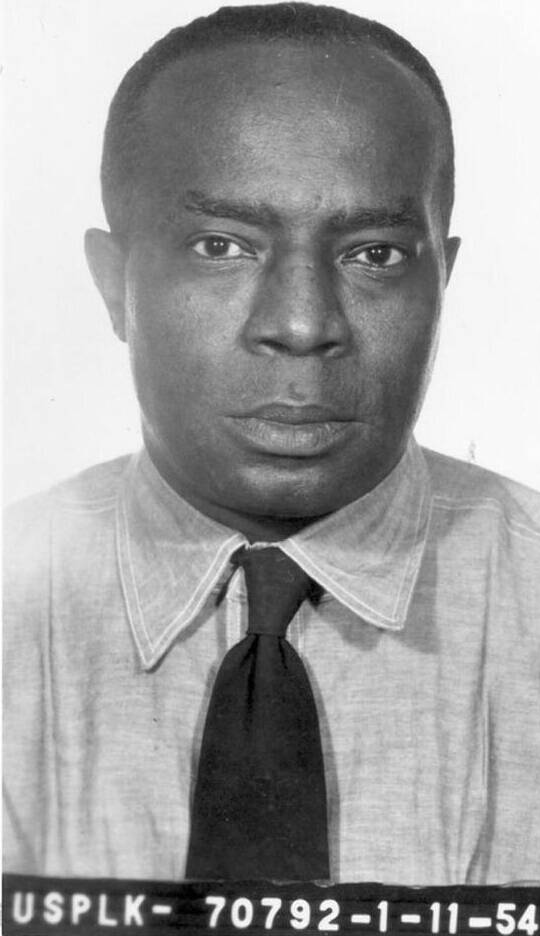
Few figures in American history blur the line between criminal infamy and community heroism quite like Ellsworth “Bumpy” Johnson. Infamous as Harlem’s most powerful mob boss and illegal gambling kingpin, he was also known for his poetry and philanthropy, family devotion, and complex relationship with the civil rights movement. Bumpy’s presence loomed large in 20th-century Harlem, earning respect and fear in equal measure.
The Many Faces of Bumpy Johnson
Bumpy Johnson’s legacy is a tapestry of contradictions. He led criminal rackets and survived notorious prisons but was also a confidante to activists like Malcolm X and contributed to Harlem’s neighborhoods. His nickname stemmed from a distinctive lump on his head—although some say it reflected the fate of his enemies. Over forty years, Johnson’s activities encompassed bookkeeping, bodyguard work, drug trafficking, and running underground casinos. Yet his impact cannot be reduced to crime alone, as he also claimed roles as a philosopher, family man, published poet, and benefactor in Harlem.
Roots in the Segregated South
Born in 1905 in South Carolina, Bumpy grew up during the Jim Crow era. His childhood was marked by daily threats of violence and discrimination. The turning point came when a family tragedy—his brother Willie’s implication in a murder—forced the Johnsons to send their sons to Harlem. This move, born of necessity, would define the rest of Bumpy’s life.
From Juvenile Trouble to Criminal Enterprise
By adolescence, Bumpy plunged into Harlem’s underworld, gravitating towards hustling, gambling, and petty crime. At 17, he landed at Elmira Reformatory for his offenses. A pivotal encounter with gangster William “Bub” Hewlett gave Bumpy a foothold in Harlem’s thriving crime scene, protecting top earners in the illegal numbers games.
The Numbers Racket: Heart of Harlem’s Underground
While classic card games took root across the nation, Harlem’s real gambling pulse was the numbers racket—an illicit lottery drawing a broad working-class audience in the 1920s and ’30s. Rival mob boss Dutch Schultz used intimidation to take control of most bookies, but one fearless woman—Stephanie St. Clair—refused to cede her empire.
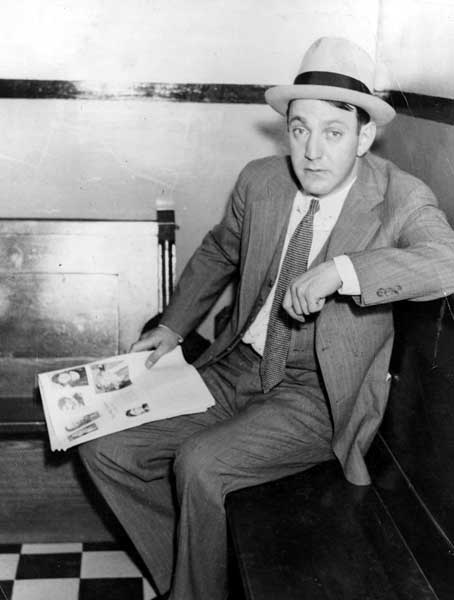
The numbers game, compared to modern lotteries, offered low barriers to entry and high stakes for those running operations. St. Clair’s perseverance—and Bumpy Johnson’s muscle—set the stage for a legendary turf war with Schultz.
The Dynamic Duo: Bumpy Johnson and Stephanie St. Clair
Nicknamed “The Queen of Policy Rackets,” St. Clair needed someone with Bumpy’s fearlessness as her enforcer. Their alliance waged open warfare against both Schultz and other major gangs, eventually neutralizing Schultz’s dominance. Bumpy’s wife, Mayme Hatcher Johnson, recounted how he systematically dismantled Schultz’s crew with calculated ruthlessness. In 1935, after Schultz was assassinated on orders from Italian mobster Charles “Lucky” Luciano, St. Clair withdrew, leaving her empire in Bumpy’s hands.
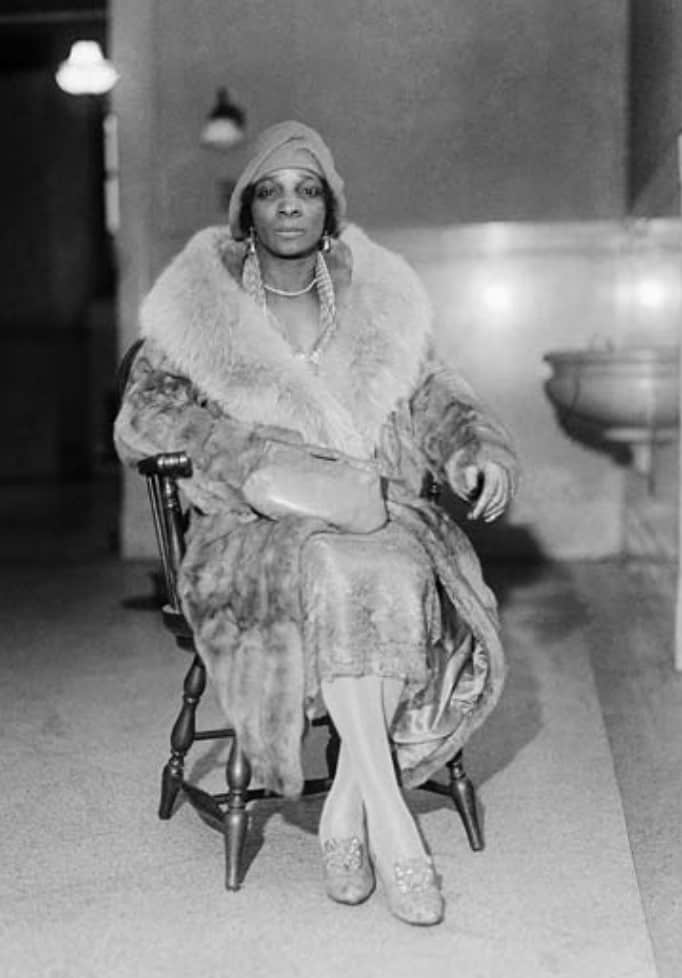
Daring and often violent, Bumpy’s rise coincided with the peak of Harlem’s numbers racket. His control was marked by both community loyalty and calculated brutality—a duality that defined his reign.
Negotiating with the Mafia: A New Era for Harlem
The fall of Schultz opened doors for larger alliances. Bumpy Johnson formed a crucial pact with “Lucky” Luciano, agreeing to pay a cut to the Italian mob in exchange for autonomy over Harlem rackets.
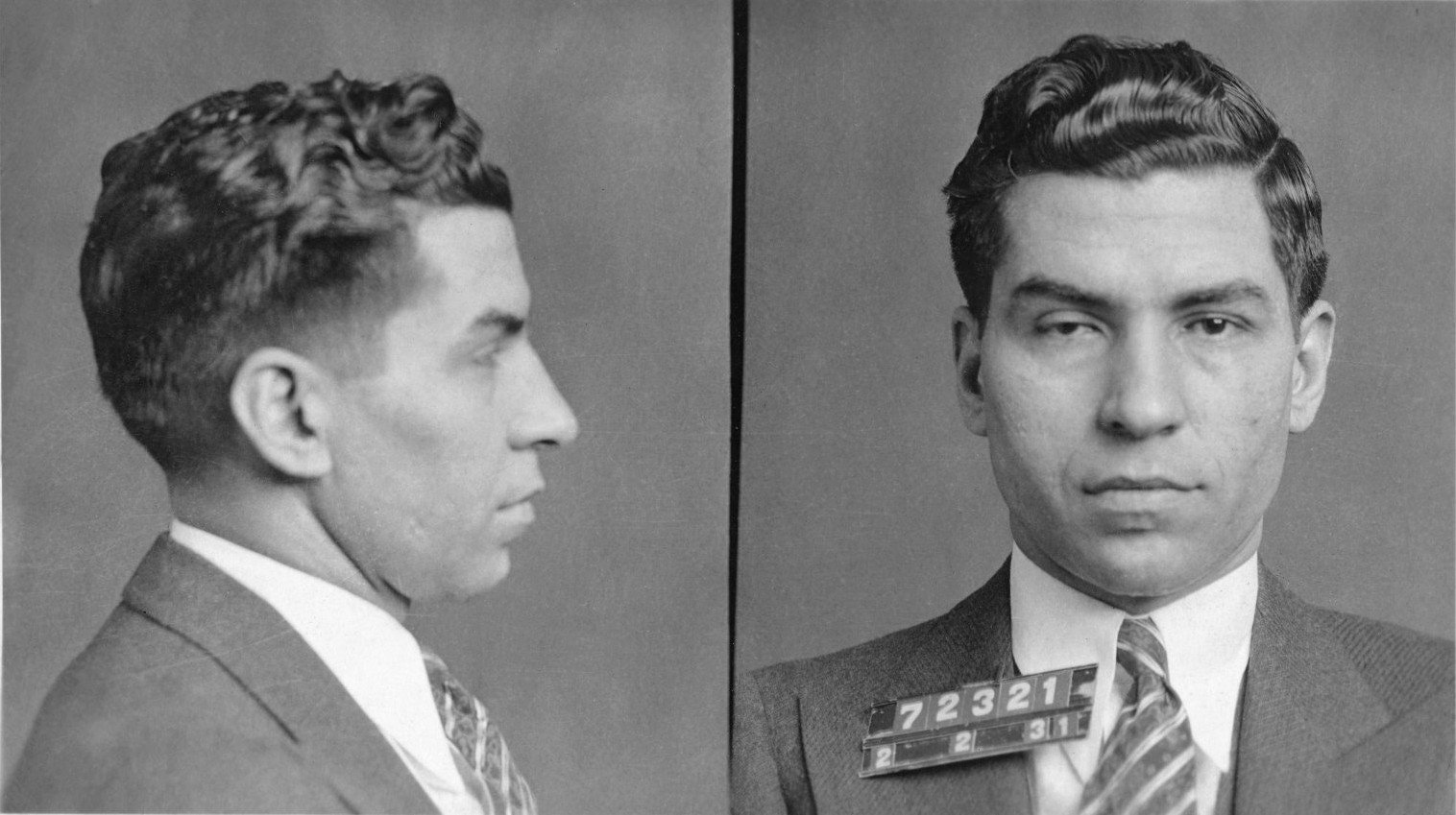
For the first time, a Black mob boss negotiated—not submitted—to the white-dominated mafia, profoundly impacting Harlem’s sense of power and pride. As Harlem’s underground casino scene boomed, Bumpy’s influence became the stuff of legend, transforming him into an icon of resistance for his community.
Beyond Gambling: Drugs, Charity, and Control
Bumpy’s empire expanded beyond numbers, evolving into heroin trafficking and other ventures. He demanded approval for any illegal activity in Harlem, consolidating his grip on local crime.
Despite his unlawful pursuits, Bumpy adopted philanthropic roles. He supplied food and holiday gifts to struggling residents and sponsored Harlem’s youth to attend college. This “Robin Hood” persona, however, stood in stark contrast to the violence that funded his generosity, highlighting the contradictions of his leadership.
Family Ties and Personal Paradoxes
Bumpy Johnson’s home life was as multifaceted as his public persona. He met his wife, Mayme, in 1948, soon after serving a decade in prison. Despite knowing his criminal background, she remained by his side until his death.
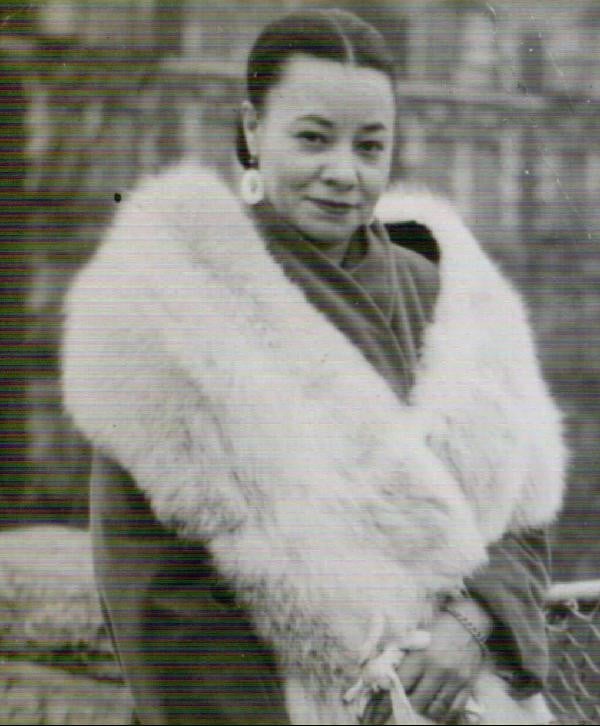
Bumpy’s relationship with his daughter, Elise, reveals his personal conflicts—while acting as a caring family man, he was simultaneously a drug trafficker whose own products contributed to his daughter’s addiction. He and Mayme ultimately raised their granddaughter, Margaret, adding another complex layer to his story.

Years Behind Bars: Alcatraz and Beyond
In 1952, Bumpy faced his harshest punishment: a 15-year prison sentence for heroin conspiracy, much of which he served in the infamous Alcatraz prison. Rumors swirled that he aided escapes for fellow inmates, but Bumpy opted to finish his sentence and return to Harlem on his own terms.
His homecoming was celebrated with a grand parade, yet the landscape had changed. During his incarceration, the Italian mafia had tightened its grip on Harlem’s narcotics trade. Modern depictions, like the TV series Godfather of Harlem, spotlight these challenges and his efforts to rejuvenate the community in his later years.
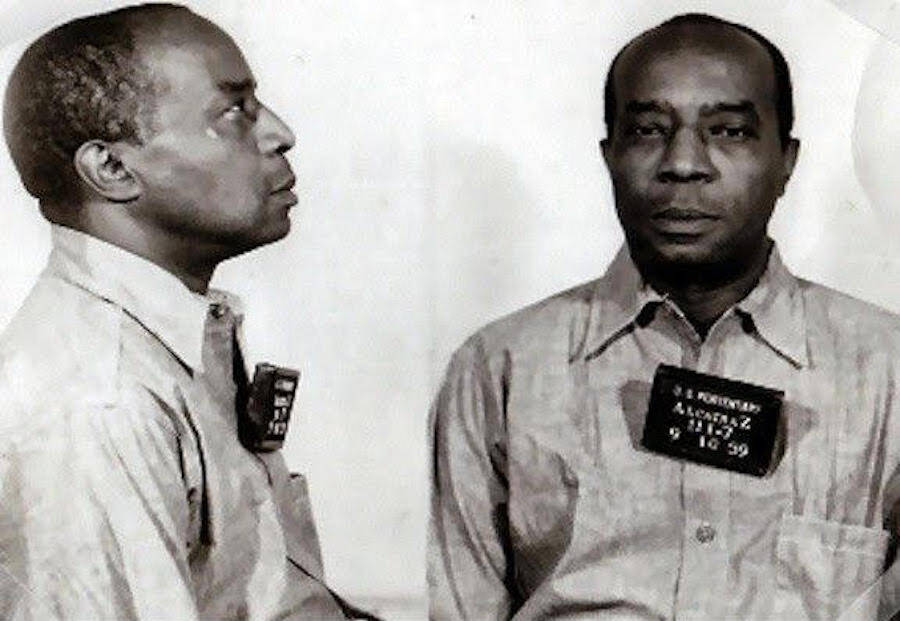
Associations with Malcolm X: Friend and Confidant
Bumpy’s relationship with Malcolm X stands as a testament to his influence across social spheres. The two developed a friendship when Malcolm X was still hustling in the 1940s. When Malcolm split from the Nation of Islam and faced threats, he turned to Bumpy for protection.
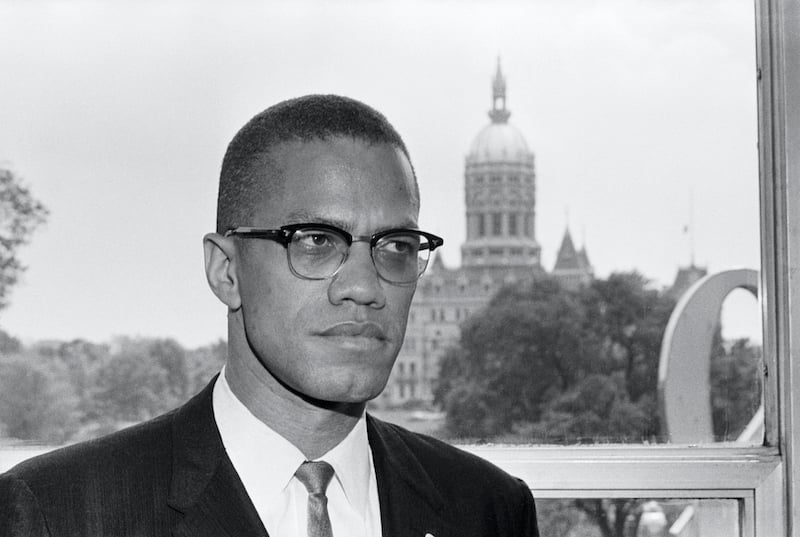
Ultimately, Malcolm X distanced himself from Bumpy to avoid association with organized crime, but he always praised Bumpy’s intellect and writing talent—a rare blend among mob leaders. Bumpy’s literary work was even published during the cultural Renaissance of Harlem.
Bumpy Johnson’s Final Days
Despite surviving assassination attempts and turf wars, Bumpy Johnson’s life ended not in violence, but from a heart attack in 1968, amid further indictments. He died in his beloved Harlem, surrounded by friends at Wells Restaurant—a conclusion his widow, Mayme, called fitting for a man of his stature and lifestyle.
Johnson’s legacy continued in his family, with Mayme living more than four decades beyond his passing and offering a unique perspective on his turbulent yet iconic journey.
Cultural Impact: Bumpy Johnson in Film, TV, and Music

Bumpy Johnson’s life has been immortalized onscreen and in music. From serving as the inspiration for “Bumpy Jonas” in the classic movie Shaft (1971) to appearing in films like Come Back Charleston Blue, Escape from Alcatraz, The Cotton Club, and Life, his influence spans genres. The 1997 film Hoodlum was the first major biopic, while Ridley Scott’s blockbuster American Gangster (2007) further popularized his story, albeit with some creative liberties.
The 2019 Epix TV series Godfather of Harlem brought renewed attention to Bumpy’s complex character, exploring his post-Alcatraz years and relationship with political leaders. Outside film, his name lives on in musical tributes, including Prodigy’s The Ellsworth Bumpy Johnson EP.
The Enduring Legacy of an Underworld Icon
Bumpy Johnson’s life remains an enduring paradox. He simultaneously uplifted his community and perpetuated crime, funded scholarships and distributed illegal drugs, and strove for Harlem’s autonomy while battling personal demons.
Shaped by a childhood of racial injustice and molded by Harlem’s street wars, Bumpy stood against both external oppression and internal threats. His exploits inspired awe, fear, and debate—reflecting both the best and worst of the human condition.
Remembered as both villain and hero, Bumpy Johnson’s story serves as a compelling chapter in the annals of mob history and African American culture in the 20th century—a notorious gambler and kingpin whose complicated, controversial legacy still fascinates today.
